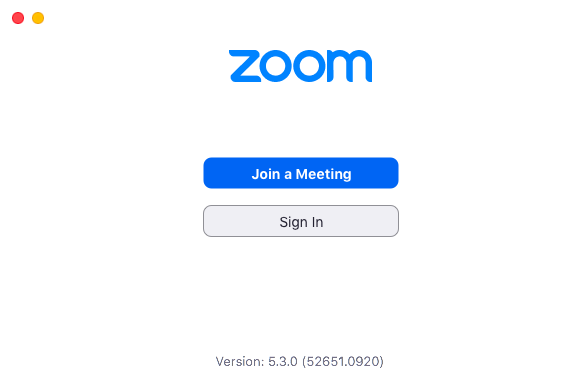Students Now Required to Keep Cameras on During Zoom Calls

November 15, 2020
As Whitefish Bay went all virtual for the first week of November, the school unrolled a new policy: mandatory cameras during Zoom calls. While this is standard for many schools across the country, it’s a startling and unwelcome change to many students, although maybe a necessary one.
The policy started the week of November 1, the same week that Bay switched to full virtual for a week as a result of rising COVID cases within the school. For the teachers, this was a helpful switch. “Teaching to a screen of black boxes with student names on them is incredibly challenging,” Mr Williams explains. Without the requirement of cameras, many students will choose to keep their cameras off, limiting class engagement and preventing teachers from knowing whether students are paying attention.
Students don’t like their privacy being taken away, although some admit that it may have its upsides. “Makes sense in theory,” senior Maya Biksowitz reports, but “sometimes I just don’t want other people to have to watch me eat my breakfast burrito.” Students acknowledge that teachers may feel the need to monitor students, but they don’t want to be recorded. In the end, students are still at home, even if they are technically in school, and they want to be able to enjoy the privacy of their homes like they normally could.
Ms Levek agrees with the teachers, however. She understands students desire to keep their cameras off. But, as principal, it is her responsibility to help the students at Whitefish Bay to succeed, even if it means at times supporting policies they might not like. “While I know that not all students are thrilled with having their cameras on, most of them admit that it does help them to stay more focused and accountable to their learning,” she says. The disadvantages of blank screens, she feels, are numerous. Most prominently, it blocks student-teacher connections, makes discussions harder, and turns class into a one-sided conversation. While students may not like it, requiring cameras help in “increasing student engagement, accountability, support and classroom community.”
Aside from the debate of whether or not cameras aid in learning, some students may have other reasons for disabling their cameras. While the school provides computers to any student in need, ensuring that all students have access to cameras, some students may have a home or living situation that they don’t want to reveal. Zoom and Google meets allow students to blur or insert a new background, but the line between school and home, which has already growing thin with the onset of the pandemic, is shrinking even more with this new policy.
There are both benefits and downsides to the new policy. Teachers benefit from the new policy, but students, while not necessarily disagreeing with the teachers, feel inconvenienced and annoyed. Whether the policy will actually be helpful to students will become clearer in the coming months.
